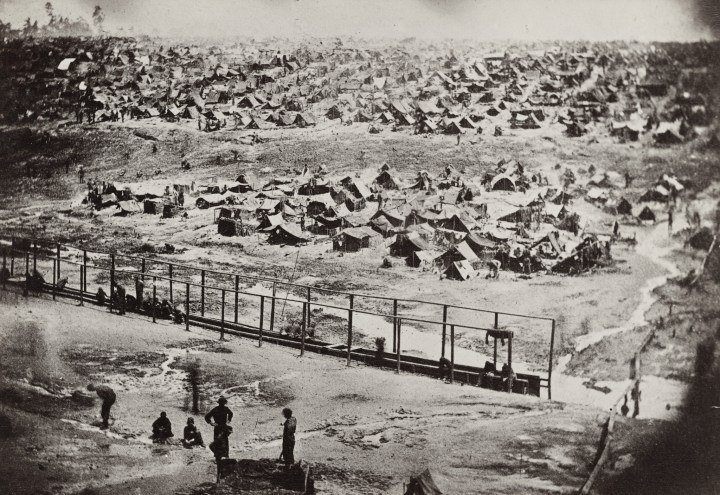The Deadly History Of This Georgia Prison Is Terrifying But True
Andersonville Prison was one of the largest Confederate military prisons during the American Civil War. Formerly known as Camp Sumpter, this prisoner of war camp was constructed during the final twelve months of the war. The prison held more than 45,000 Union Soldiers. The ultimate tragedy, however, is that out of those 45,000 soldiers held, nearly 13,000 died, the majority of which could have lived with simple fixes to the deplorable conditions
To this day, the site remains as one of the greatest horrors of the Civil War. The cemetery honors those soldiers who lost their lives unnecessarily. The war prison was commanded by a man named Henry Wirz. After the war, Wirz was tried and executed for war crimes due to the negligence found in Andersonville Prison.

The tragedy that occurred at Andersonville was due largely in part to overcrowding and disgraceful conditions for the prisoners. The prison was noted as being four times over capacity, with inadequate food and watery supply, plus unsanitary living conditions. This led to the plethora of health issues for the soldiers such as scurvy, diarrhea, and dysentery resulting in the nearly 13,000 deaths.

Andersonville opened in February 1864 and was surrounded by a 15-foot high stockade on all sides. The stockade was rectangular, and fashioned out of wooden planks and beams. A light fence known as “the dead line” was installed 19 feet inside the stockade wall. Made of rough-hewn logs with stakes driven into the ground, “the dead line” was intended to be a deterrent to keep men from trying to escape. Any man who crossed or touched this line was shot without warning.
The conditions at Andersonville Prison were so deplorable, it was often written about in journals and diaries as being a living hell. Today, visitors can pay their respects to the men who lost their lives unnecessarily in this prison by visiting the Andersonville National Cemetery. The cemetery grounds contain 13,714 graves, 921 of which are marked “unknown”
Have you every been to the Andersonville Cemetery? We’d love to hear about your experience. Or if you’re looking for more Georgia history, then check out Most People Have No Idea Just How Unique This Village In Georgia Truly Is.
OnlyInYourState may earn compensation through affiliate links in this article. As an Amazon Associate, we earn from qualifying purchases.






